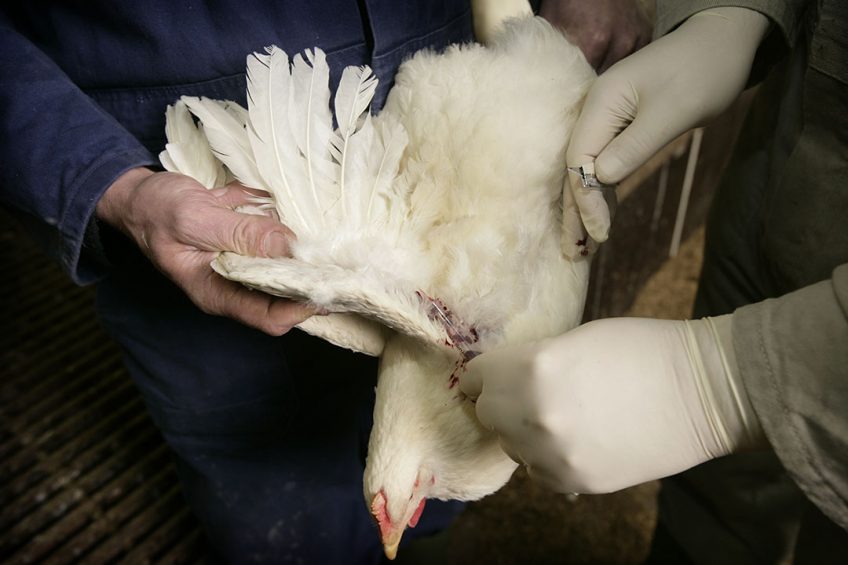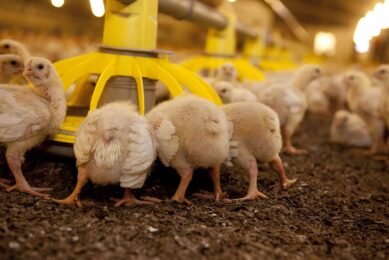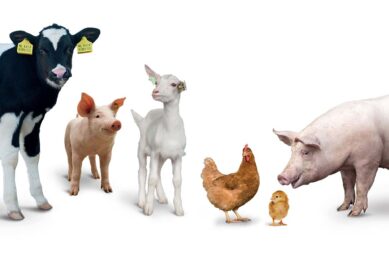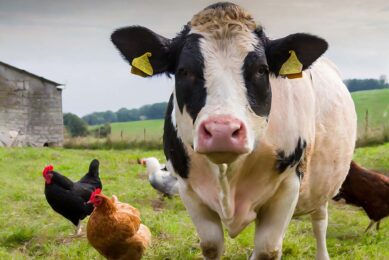Farm-specific reduction of antimicrobial use is the future

A closer study of the data collected in a European project entitled ‘Ecology from farm to fork of microbial drug resistance and transmission’ links technical farm performance to antimicrobial use.
Antimicrobial agents have been widely used in veterinary medicine and growth promotion. The advantages of veterinary antimicrobial use offer more than just animal health and welfare, it may yield economic benefits through increased production efficiency. Besides the clear benefits, antimicrobial use results in increased antimicrobial resistant micro-organisms which can be transferred from animal production to the human population.
The use of antimicrobial growth promoters is banned and governments have introduced policies to reduce the use of all antimicrobial agents. Generic measures have been taken but the reduction targets set are not based on any evidence-based dose:effect relationship. Generic measures need to be adjusted to the farm-specific conditions. This study focused on the relationship between technical farm performance and antimicrobial use. Studies in pigs by cluster analysis showed that there is a link between these two aspects and farms could be ranked as ‘superior’ or ‘average’ in terms of their farm characteristics, biosecurity and health status. These relationships for pig and poultry farms were not found in other studies however. Data for this study were collected as part of a European project entitled ‘Ecology from farm to fork of microbial drug resistance and transmission’.
Antibiotic Reduction
Moving away from antibiotics can be challenging and requires a new way of thinking, adapting feeding practices and biosecurity plans. This special edition explores the latest methods for raising healthy livestock without the use of preventive antibiotics.
Performance indicator
A multidimensional performance indicator of technical farm performance was used instead of a one-dimensional indicator. Technical efficiency was used to measure technical farm performance, i.e. the ability of a farmer to produce maximum output with a given minimum of inputs or the minimum input needed to produce a defined level of output. Cluster analysis was used to identify groups of farms with similar characteristics in terms of technical farm performance and antimicrobial use. Farms combined in different clusters showed different levels of technical performance and antimicrobial use. There were significant differences between clusters, including in the resource intensity of the number of animals at set-up and the number of antimicrobial treatments used for gut health or other problems. It was observed that farmers who combine high levels of antimicrobial use with high technical farm performance are likely to overestimate the real economic value of antimicrobial use. While the farm conditions of low performance farms are likely to be poor. Farm-specific conditions should be considered in future policies aimed at reducing antimicrobial use.
Authors:
J.L. Roskam, A.G.J.M. Oude Lansink and H.W. Saatkamp, Poultry Science












